The wilderness is vital to mankind
on Mar 13, 2019As far back as the 1860's, the area in which Sabi Sabi is situated attracted big-game hunters, in lure of ivory, meat, hides and trophy hunting which initiated the steady decline of wildlife in the area. Many years later, the effects of hunting, habitat loss and human encroachment reverberate through our fragile ecosystem, but have been successfully turned around through dedicated conservation efforts and a commitment to returning the environment to its pristine condition. At Sabi Sabi we believe that Tourism is Conservation, and 4 decades since we took on the responsibility of being custodians of this piece of bushveld - through the support of our guests - we have ensured that the wounds of the past are replaced with a brighter future and survival of all endangered and vulnerable species.
Sabi Sabi is home to many endangered and vulnerable species, namely the cheetah, African wild dog, pangolin, lion, black rhino, white rhino and giraffe. Preserving these species in their natural habitat is vitally important for their population numbers to increase. Without reserves like Sabi Sabi Private Game Reserve, these species could face extinction.
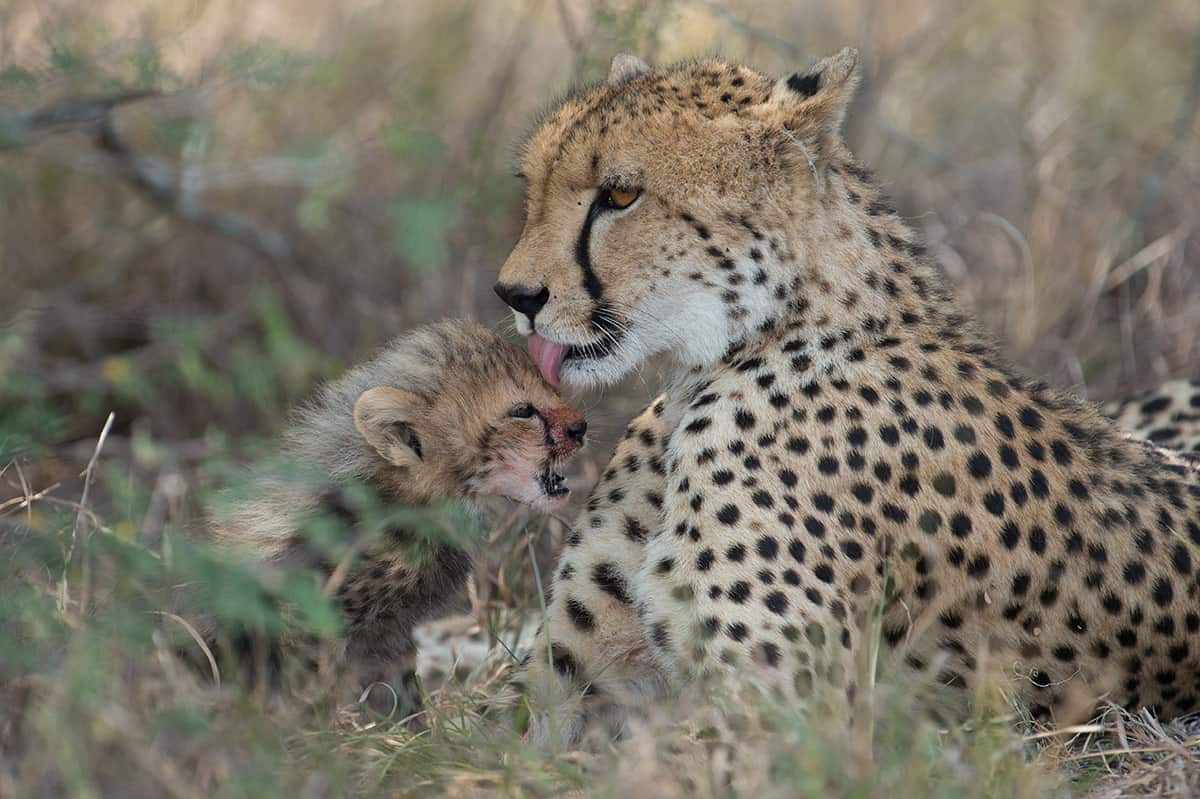
Cheetah is one of the most difficult species to find in the wild. However, here at Sabi Sabi we are occasionally treated to sightings of these graceful and beautiful cats. As the fastest land animal on earth, cheetahs are extremely successful predators, relying on their agile bodies to reach speeds of up to 100 km/h.
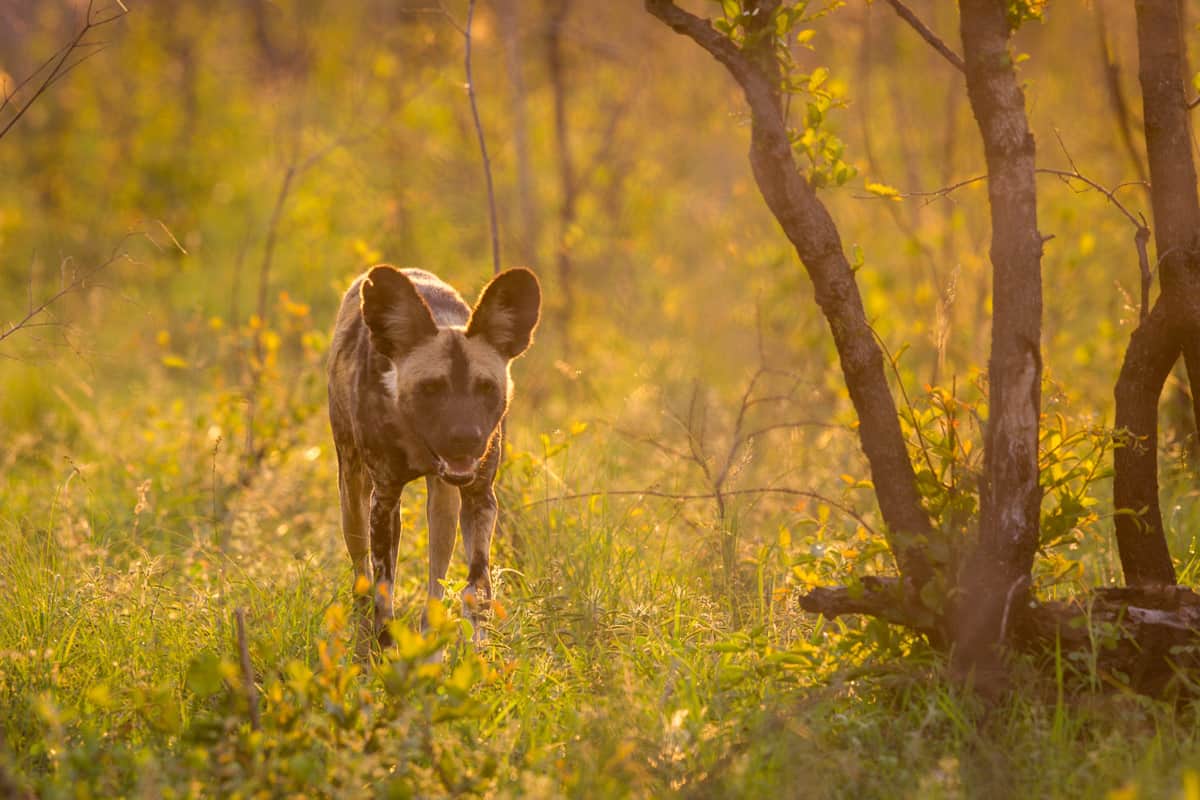
The African wild dog is the most endangered carnivore in southern Africa and the second most endangered carnivore in Africa. For years the African wild dog was persecuted and thought of as cruel and violent due to its hunting methods. Leading a highly nomadic lifestyle, covering distances of up to 40km per day, these animals are so endangered that research is being carried out on all packs within the Greater Kruger National Park.
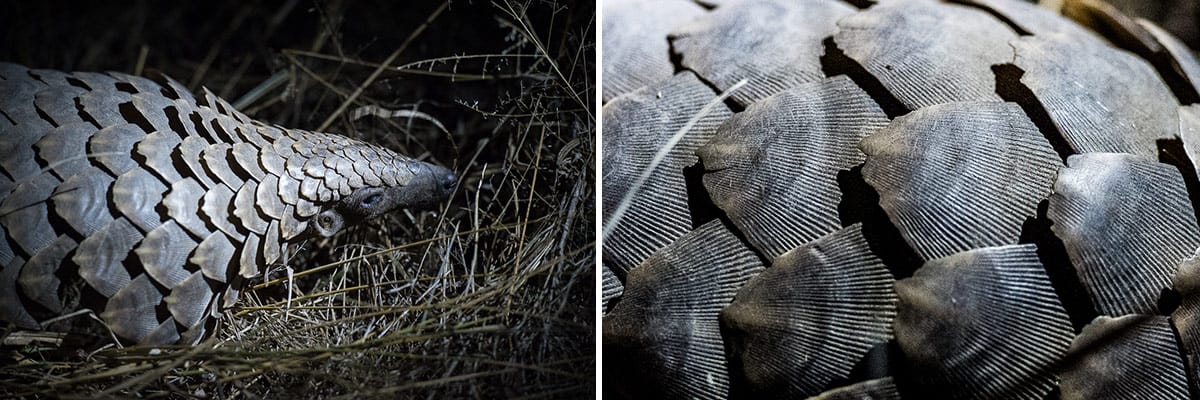
Pangolin is a critically endangered species nearing extinction. Tragically, it is the most trafficked animal in the world, due to a false belief of the medicinal properties of the scales that cover the pangolin’s body like an armoured shell.
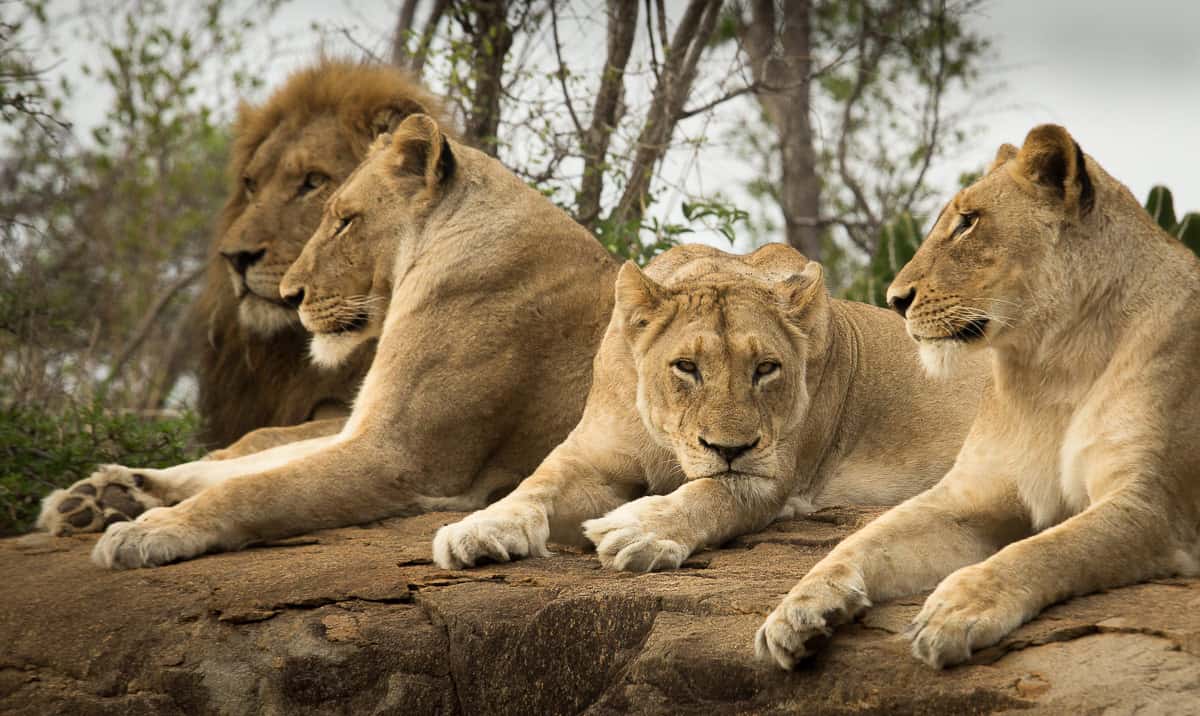
Lions are the largest living cats in Africa and the second largest in the world. They are the only true social cats and rely on each other to succeed. As opportunistic hunters, lions will kill and eat anything from small rodents to large mammals.
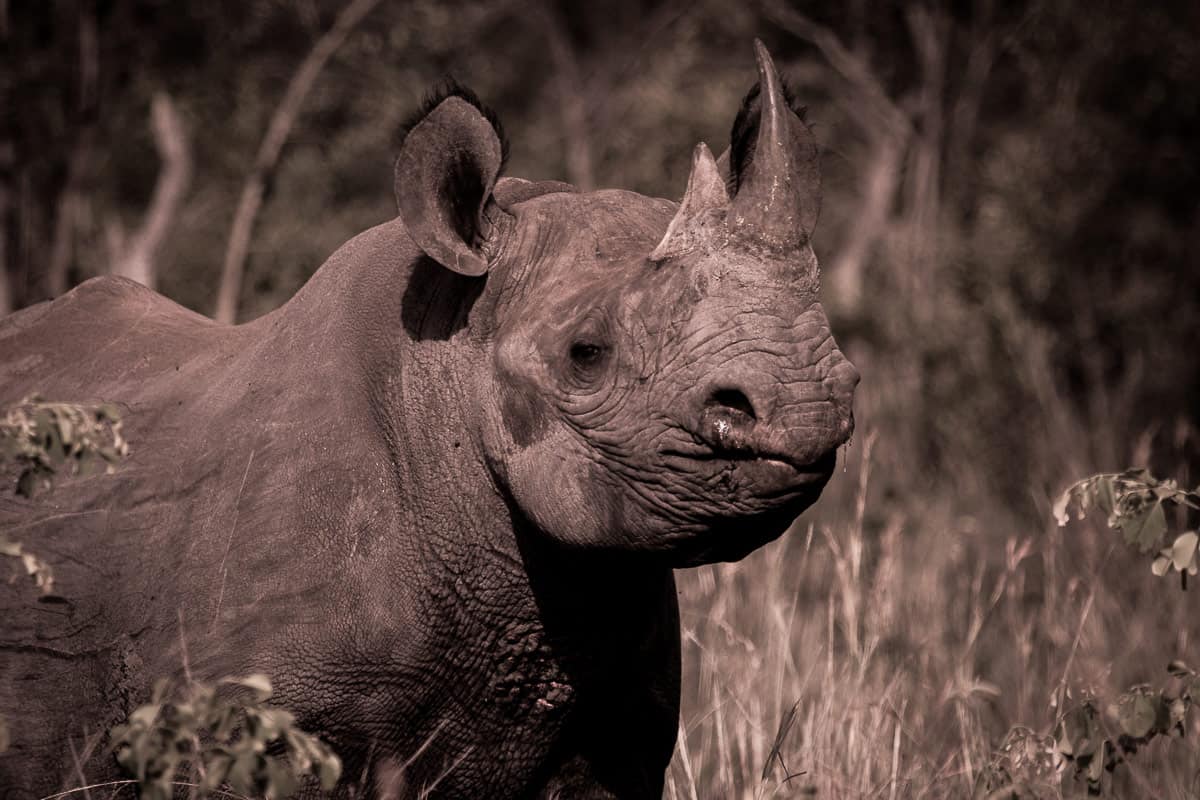
Hiding in the thicket is the elusive black rhinoceros, and we are afforded interspersed sightings of this scarce animal. They are found within areas of very dense vegetation (thickets) as they are predominantly browsers, meaning they feed from trees and shrubs. Black rhino are also easily identifiable from the white rhino by their upper lip, which is hooked and makes it easier for grasping and holding leaves.
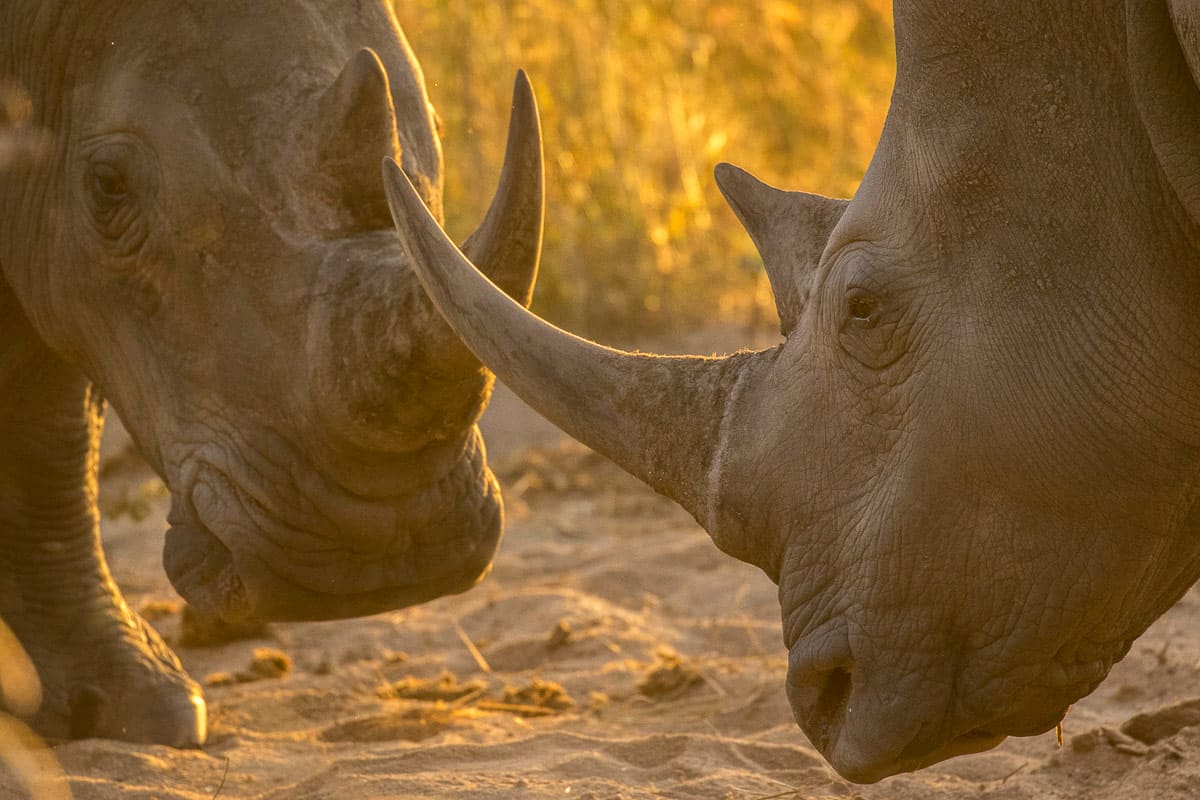
The white rhinoceros is the largest existing species of rhinoceros. It has a wide mouth used for grazing and is the most social of all rhino species. The white rhino is the second largest land mammal on earth and we are fortunate to have regular sightings of these majestic creatures.
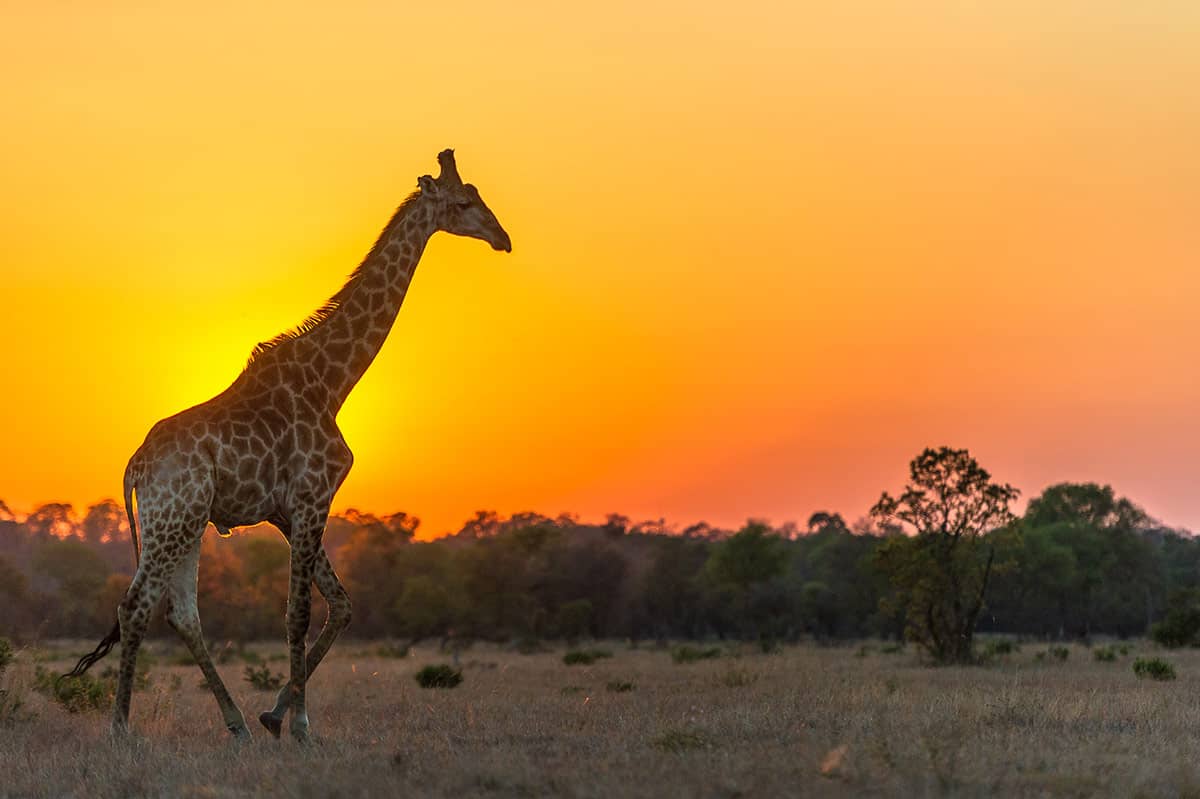
Giraffe are one of the most sought-after animals to view whilst on safari at Sabi Sabi. They are unique due to their towering physique and mesmerising patterns. Often spotted from a distance, we get to experience our guests’ excitement as we make our way to see them. Their long necks, which enable them to reach the leaves high up on a tree, are surprisingly only made up of only 7 neck vertebrae, the same as humans.
Sabi Sabi has a dedicated anti-poaching unit that is holistically responsible for safety of wildlife on the reserve and guests have the opportunity to contribute to our conservation fund, channelled to assist all our ongoing conservation efforts.
Our conservation philosophy is based on the need to conserve rapidly dwindling wilderness areas and to provide a sanctuary for fauna and flora as part of South Africa’s heritage.
Sabi Sabi is situated in one of the last remaining wilderness areas in Africa and our goal is to preserve what has been placed under our custodianship. We believe that the wilderness is a place where humans strengthen their bonds with the earth, ultimately finding peace. It is our duty to protect this partnership and cherish it for many decades to come, for the benefit of not only the preservation of these many species but for all future generations.






